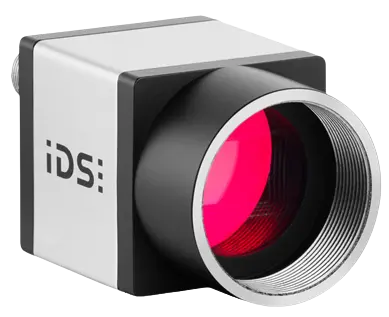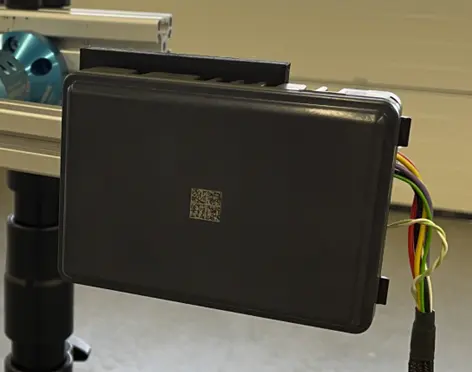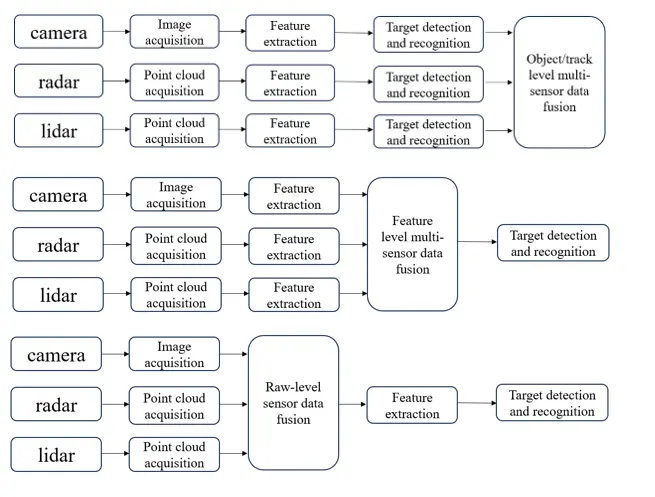LiDAR (Light Detection and Ranging) sensors are considered a key element for future automated driving in the field of environment perception. These sensors are optical sensors that operate in the near-infrared range and scan the surroundings using a short-pulse laser. By measuring the laser propagation time to the object hit, the object distance can be measured with an accuracy in the mm range. In this way, the known beam direction can be used to generate a very precise, high-resolution 3D model of the environment in the form of a point cloud. Based on this, both static and dynamic objects such as pedestrians and vehicles can be precisely detected and transmitted to a downstream driving function.
In general, a distinction is made between scanning (figure above) and non-scanning LiDARs (figure below). The former are much more widespread and detect the environment using a directed laser beam, which is deflected by a scanning mechanism and generates an image of it using the raster method. The latter are also known as solid-state LiDARs or flash LiDARs. These are characterized by the fact that no moving components are required to scan the environment, which is a definite advantage for their robustness. Instead of a scan, the entire environment is detected using a single diffuse laser pulse, which is then projected onto an image sensor using a corresponding receiver optic, similar to a flash camera.







![[Translate to English:] Logo Akkreditierungsrat: Systemakkreditiert](/fileadmin/_processed_/2/8/csm_AR-Siegel_Systemakkreditierung_bc4ea3377d.webp)








![[Translate to English:] Logo IHK Ausbildungsbetrieb 2023](/fileadmin/_processed_/6/0/csm_IHK_Ausbildungsbetrieb_digital_2023_6850f47537.webp)


